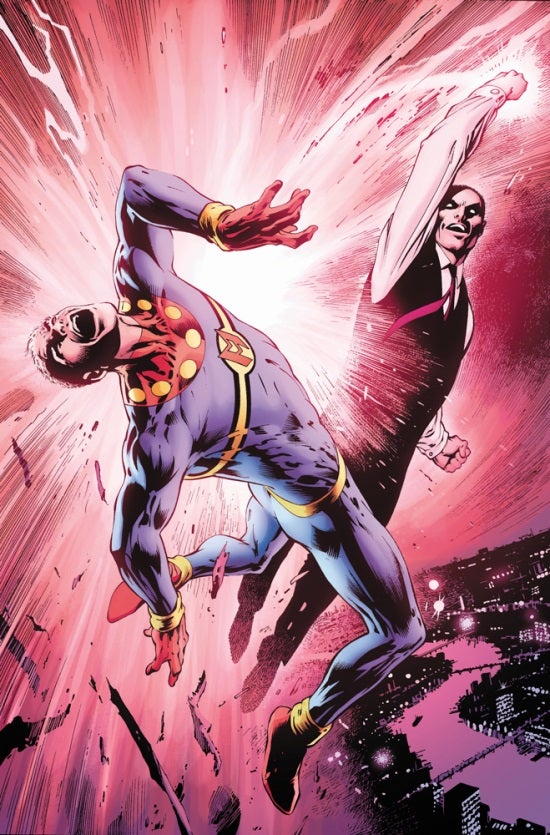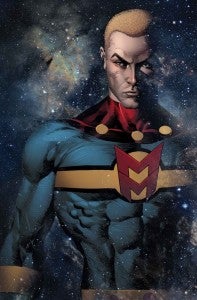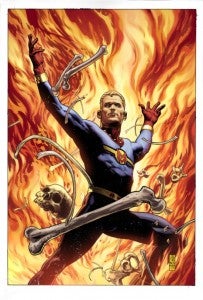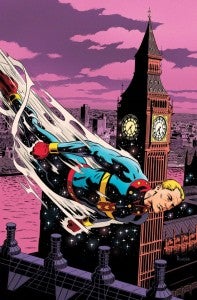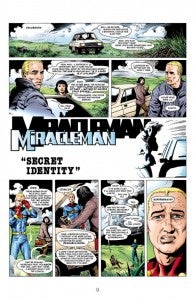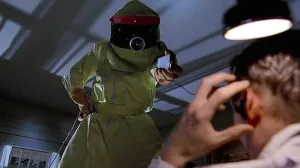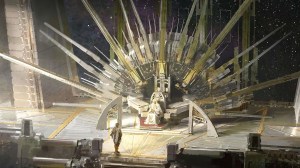After the incredibly conflicting experience of reading Marvel’s Miracleman #2, this third issue was something of a breath of fresh air.With the exception of what amounts to a backup feature entitled “Cold War. Cold Warrior,” featuring the Warpsmiths, this book holds up extremely well and improves on a number of what might be considered flaws with the previous issue. Still providing action and mystery, the pacing is much improved (i.e., slowed) allowing for character development and some narrative breathing room. Also, writer Alan Moore’s prose, while still excessive, is at least toned down.Just to be safe, I’m declaring SPOILERS right here.
Thus Spoke Zarathustra
Miracleman
British
German
His emotions are so pure. When HE loves you it’s gigantic. His love is so strong and direct and clean… When I love you it’s all tangled up with who’s not doing their share of the washing up, and twisted, neurotic little things like that.
They are titans, and we will never understand the alien inferno that blazes in the furnace of their souls. We are only human. We will never grasp their hopes, their despair, never comprehend the blistering rage that informs each devastating blow… We will never know the destiny that howls in their hearts, never know their pain, their love, their almost sexual hatred… …And perhaps we will be the less for that.
poor pork
Warrior
Warrior

